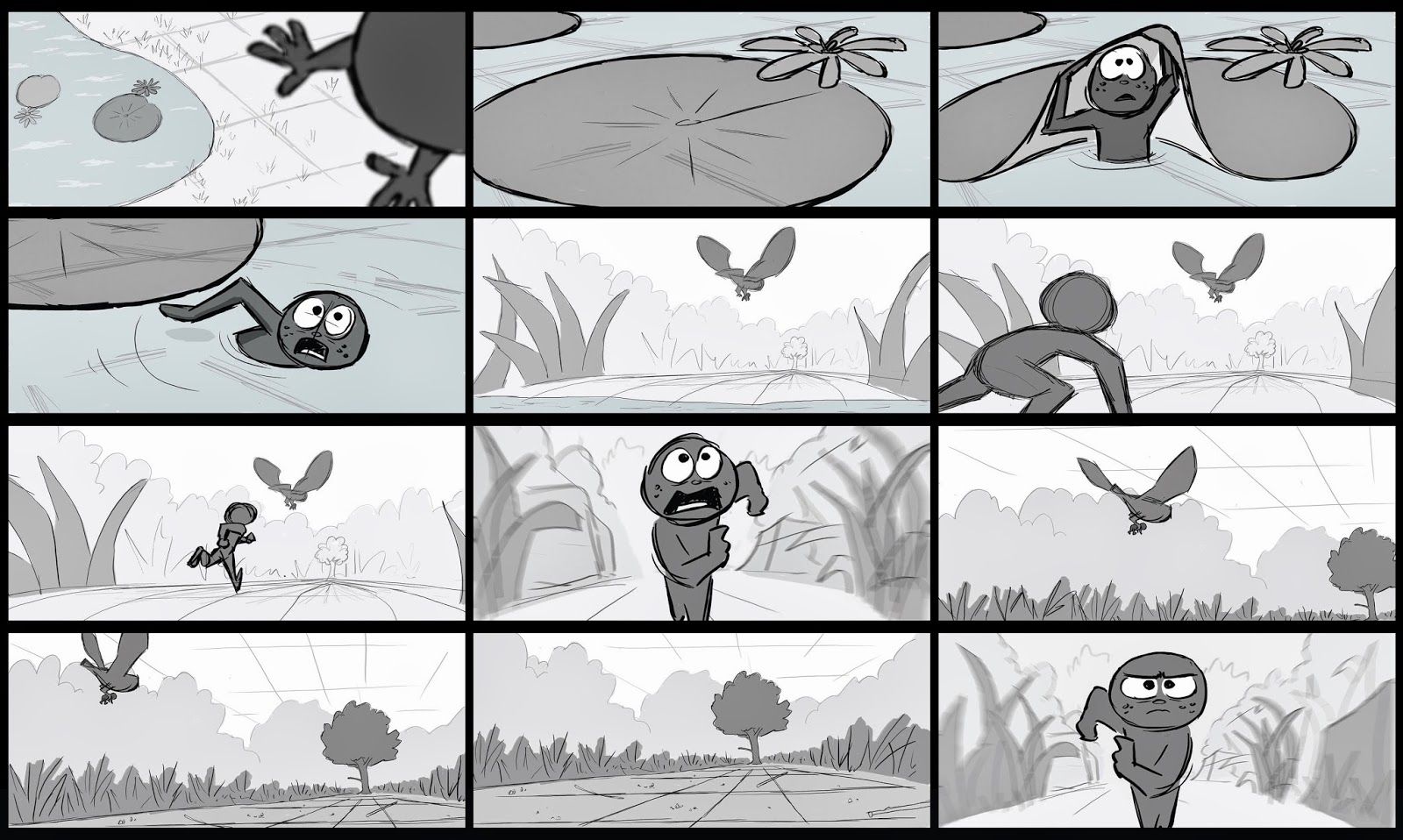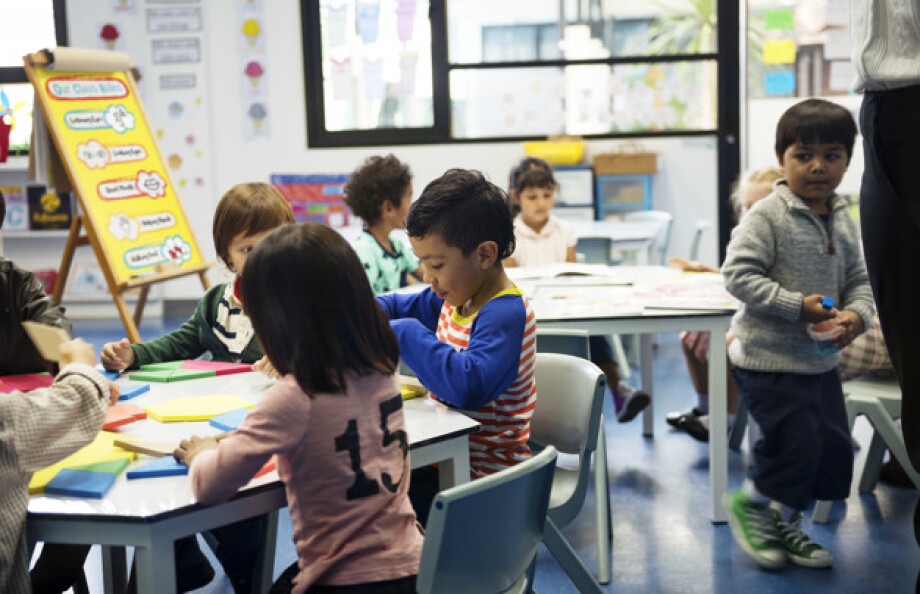Have you known that developing language and thinking skills can be successfully combined and effectively taught in the young learners’ class? Well, that’s what Herbert Puchta states in his recent article. In our article, we will discuss why it is to be done and what activities you can include in your lessons to activate thinking skills while teaching language.
Why should we do it
Specialists say that to make the input memorable, we need to make it meaningful. Class activities should be intellectually challenging in order to provide young learners’ involvement. Moreover, they should be real-world, that is, we should teach our children what is considered indispensable nowadays: the 21st-century skills, which are critical thinking and problem-solving, communication and collaboration, creativity and imagination, citizenship, digital literacy, leadership and personal development.
In simple words, language should help our students solve their real-life problems. We can consider every action as a little issue to be solved: go shopping, talk to a classmate, make a craft, do the project, etc. All these actions require thinking skills (i.e. mental processes that help us to analyze, categorize, make decisions, solve problems, etc.). We need to clearly understand what the problem is to come across the possible solutions. That is where we can apply the language.
Activities to do in class
Below, you can find the list of activities that develop both thinking skills and language skills and perfectly suit young learners:
- Making comparisons. For example, demonstrate a picture where one can see children with different emotions. Ask students what do the children feel, what are their emotions, what might be the reasons. Then you may read the book “The way I feel”.
- Categorising. When teaching the vocabulary on the topic “Food”, you can give out flashcards to students with different adjectives and fruits (one card to one student). And then ask them to divide into groups: by category, by form, by colour, by taste, etc.
- Sequencing. For instance, cut out a picture story into parts, and give a set of pictures to a pair or small group of students. They should order the events and then tell the story.

Source: https://www.pinterest.ca/pin/290974825903987455/ - Focusing attention. For example, you can play a game “Simon says” to make the students concentrated and focused.
- Memorising. Show the young learners a set of pictures on the topic, then ask them to close their eyes, take out one of the pictures. Ask students to open their eyes and identify the missing picture.
- Creative thinking. What you can do is to suggest to brainstorm and invent 10 new ways to use a pen (when studying the topic “School supplies”).
Other types of activities that activate students’ thinking skills are:
- Solving problems;
- Analysing cause and effect;
- Exploring numbers;
- Exploring space;
- Exploring time;
- Making decisions;
- Making associations.
N.B.
What you should take into account in these activities, is that they are aimed at developing fluency. So, you should correct only gross mistakes that impede understanding. In case it is vital for you so that the students speak grammatically correctly, write down all the errors in your notebook (later, after completing the task — on the blackboard) and let students correct the mistakes on their own.
Facilitate learners’ speech by clarifying what is not clear to them giving words, word combinations, collocations and functional language to express their thoughts and ideas. Be flexible, use various scaffolding forms and support your students.






 Вероника Аветисян
Вероника Аветисян 
 Маргарита Аветисян
Маргарита Аветисян 


